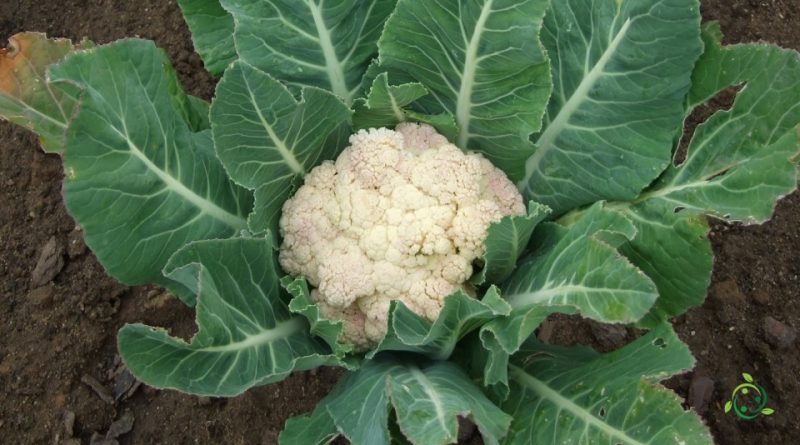Cultivation of cabbage in the Synergic Garden
Cultivation of cabbage in the Synergic Garden
Horticultural crops, like other agricultural productions, benefit considerably from intercropping techniques and, above all, from their biodiversity.
In fact, plants exchange information, energy and matter with each other and with the surrounding ecosystem (soil, topsoil, insects, etc.).
Like other vegetables, cruciferous vegetables, to which cauliflower belongs, should never be grown annually in the same soil. In this case we recommend returning to the same plot no earlier than 3 years.
Furthermore, it is advisable not to combine it with garlic, onion, strawberries and potatoes but instead it is useful to alternate it with legumes (peas, broad beans, beans, etc.); this is because legumes enrich the soil with nitrogen.
Furthermore, in the presence of cruciferous hernia or cabbage hernia (Plasmodiophora brassicae Woronin), a very dangerous fungus for all plants of the family and widespread in soils with pH between 6 and 7, it is better to wait, even 7-10 years. In these cases it is useful to grow cabbages with rhubarb. Rhubarb buried between the rows of cruciferous vegetables prevents the pathogenic agent P. brassicae which develops with air temperatures between 18 and 20 °C, high levels of humidity and soil with a generally acidic pH; the vegetative cycle is continuous and is interrupted only when environmental conditions become unfavorable, i.e. in winter: it affects the lower part of the stem and the root system of cruciferous plants which show small “tumors” tuberculosis, the basal leaves turn yellow due to the poor functionality of the roots. Furthermore, it is always good to make sure that the seedlings, if they are taken from the nursery, should be free from this fungus.
Therefore it is good to evaluate whether they are healthy. This procedure is done by examining the basal leaves and taking some out of the polystyrene seedbed to verify that they have a vigorous root system with clear roots.
In general, it is useful to know that cauliflower coexists well with beetroot, lettuce and spinach, which are repellent to moth, with tomato which prevents cabbage fly infestations, and with cabbage fly (Artemisia abrotanum) which repel cabbage fly.
Another useful intercropping, to protect cabbage plants and all other cruciferous vegetables, is that with aromatic herbs; among these: thyme, dill, mint, chamomile, sage, absinthe and rosemary.
Additionally, late cabbage varieties and new potatoes grow well together if planted when the latter are first earthed up.
Furthermore, keep in mind that by growing cauliflowers in narrower rows with nettles, this intercropping will increase the growth of the latter.
As a preventive measure, it is good practice, at the time of transplanting, to immerse the cabbage roots in a mixture of cow manure and clay and, after transplanting, to give a covering of semi-mature manure before the soil dries out.

